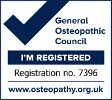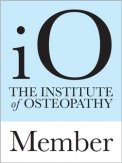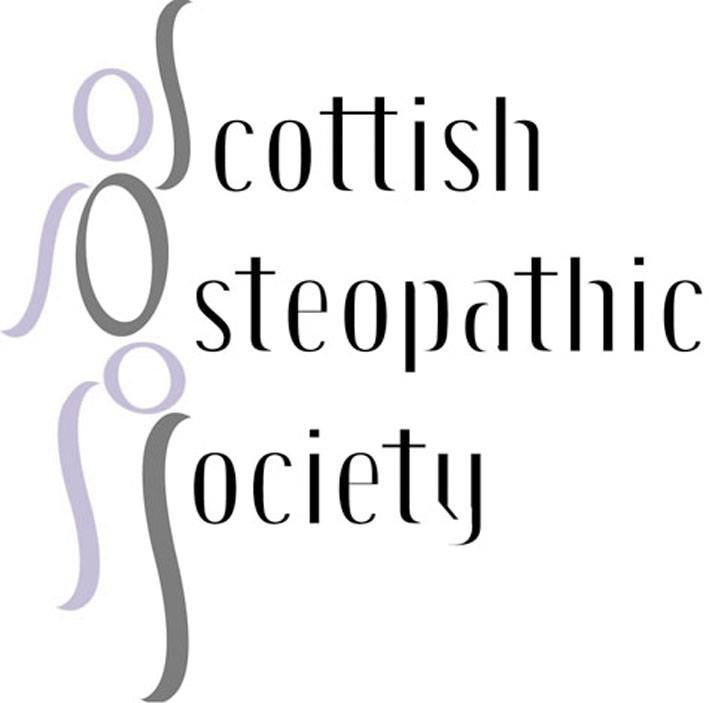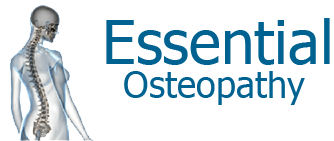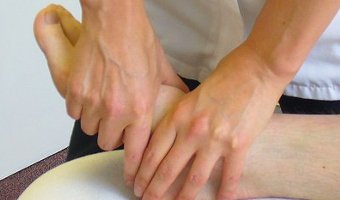What is Osteopathy?
Osteopathy is a manual therapy that aims to improve bodily health and well being by treating and strengthening the body’s skeleton and joint function, muscles and soft tissue while positively affecting the nervous, circulatory and lymphatic systems and internal organs.
Osteopaths recognise the importance of the link between the structure of the human body and the way it functions. They consider each person as an individual and work with the body to create the perfect conditions to facilitate the healing process. Utilising a highly developed sense of touch, they identify problem areas of the body and use various treatment approaches to resolve dysfunction.
Today Osteopathy is a well established and respected profession, recognised by the British Medical Association, with patients from all walks of life including doctors, MP’s and members of the royal family. Following The Osteopaths Act of 1993, all UK Osteopaths are required to complete a rigorous minimum four years training in anatomy, physiology and clinic based studies and, once graduated, become members of the osteopathic regulatory body, the General Osteopathic Council (GOsC). GOsC stipulates that each practitioner maintain their skills by completing a considerable number of hours of Continual Professional Development (CPD) every year. These factors ensure that Osteopathy remains a very safe and effective form of treatment.
Click on these links for more information about Osteopathy and the role of the Institute of Osteopathy (iO) and the General Osteopathic Council (GOsC)
